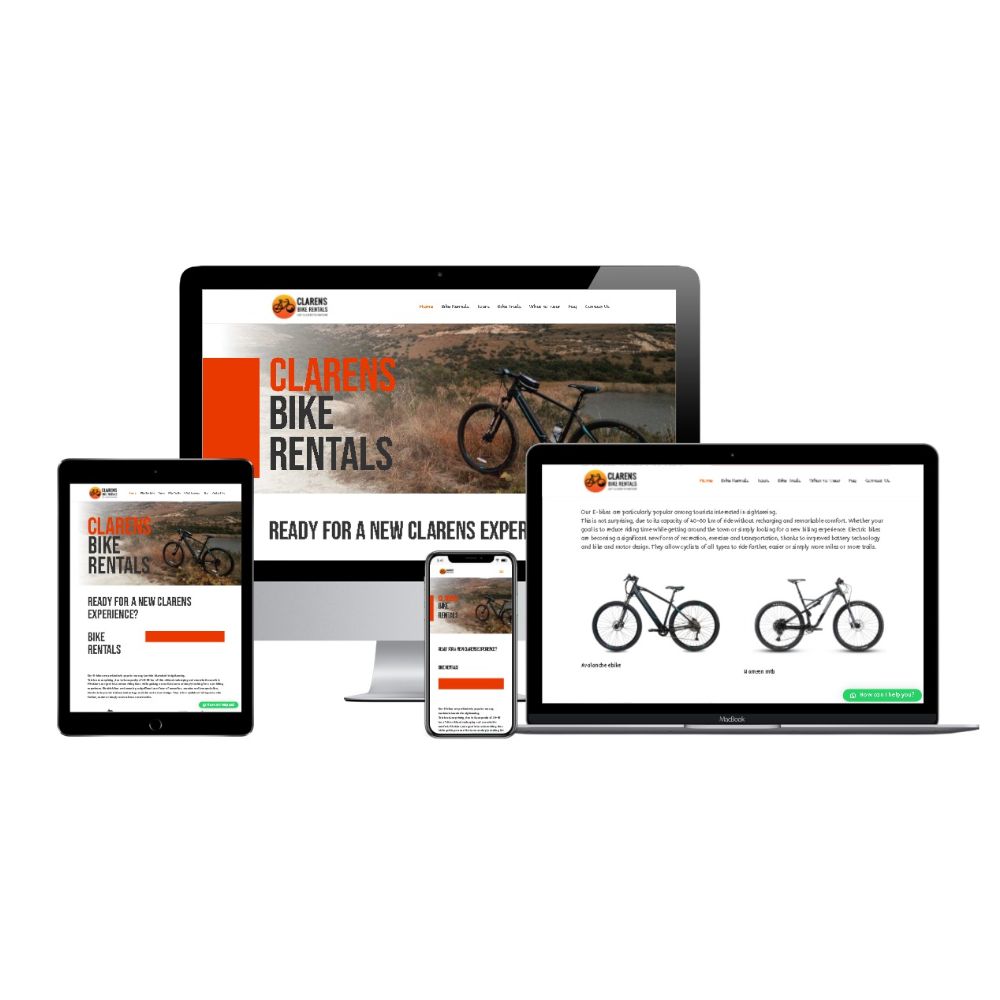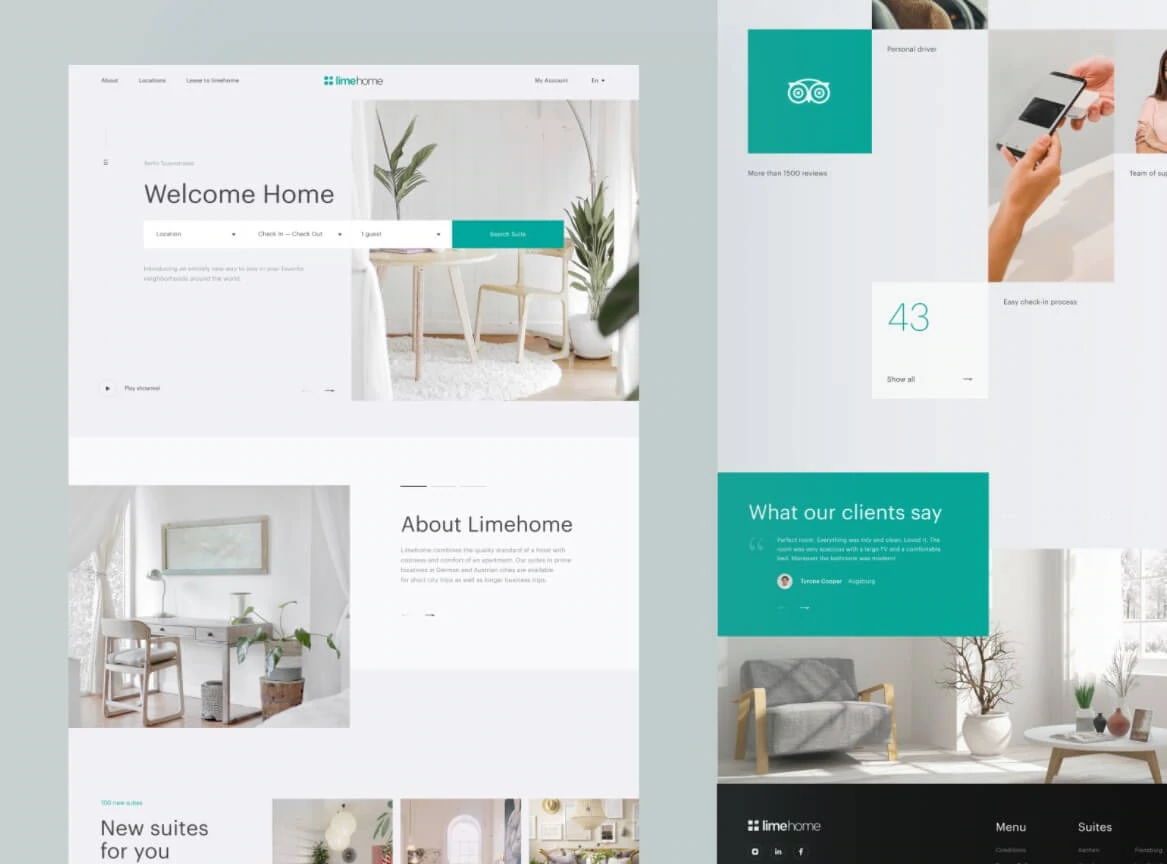Future-Proof Your Organization with Innovative Website Design Trends
Future-Proof Your Organization with Innovative Website Design Trends
Blog Article
Take Full Advantage Of Involvement: Proven Techniques for Superior Website Style
In an increasingly electronic landscape, the importance of a user-centric method to site style can not be overstated. Understanding how efficient navigation, aesthetic pecking order, and content optimization assemble to enhance customer interaction is vital for any kind of organization seeking to make a significant impact. As we check out different tested methods that add to superior site style, the interplay in between these aspects reveals not just finest methods but also innovative strategies that can elevate customer experience. What might shock you is exactly how basic modifications can result in remarkable makeovers in involvement metrics.
Value of User-Centric Design
User-centric style is crucial in creating efficient sites, as it prioritizes the requirements and preferences of the end customer from the actual beginning of the design process (website design). This method ensures that the web site is customized to supply an optimum experience for customers, helping with involvement and fulfillment. By recognizing individual behaviors, goals, and pain points, designers can create user interfaces that resonate with their target market and foster a sense of link
Executing user-centric style entails comprehensive research study, consisting of customer characters and trip mapping, which assist in recognizing the specific requirements of different user segments. This data-driven approach permits educated decisions concerning material, format, and capability, eventually leading to the production of a much more appealing and user-friendly internet experience.
In addition, a user-centric strategy promotes access and inclusivity, guaranteeing that sites accommodate varied individual capabilities and choices. This not only improves individual experience but additionally expands the target market reach. In an affordable digital landscape, focusing on user-centric design is not simply useful; it is vital for driving engagement, lowering bounce prices, and promoting individual commitment. Effective sites are those that reverberate with customers, making user-centric design a fundamental concept for effective internet growth.
Effective Navigation Strategies
A well-structured navigating system is a keystone of efficient internet site style, developing directly on the concepts of user-centric design. Effective navigating enables customers to locate info swiftly and intuitively, enhancing their general experience and motivating longer gos to.
To accomplish this, consider executing a clear power structure in your navigating menu. Key classifications must be quickly noticeable, while subcategories can be disclosed via dropdowns or expanding food selections. This company aids customers prepare for where they may locate appropriate material, minimizing irritation.

Consistency is crucial; utilize familiar terms and style components throughout the website to avoid complication. Breadcrumb routes can also be useful, giving users with contextual awareness of their area within the site and enabling simple backtracking.
Lastly, ensure that your navigation is receptive and mobile-friendly. As more users access websites through mobile tools, adapting your navigation for smaller displays is necessary for preserving use and ease of access. By focusing on these approaches, you can produce a smooth navigation experience that maintains users involved.
Visual Power Structure and Format
Establishing a clear aesthetic power structure is essential for leading users through a web site's material successfully. A well-structured format not just improves individual experience but also affects how site visitors interact have a peek at this site and perceive with info. By purposefully utilizing size, contrast, shade, and spacing, designers can create focal points that accentuate the most vital elements, such as headlines, calls to activity, or images.
Incorporating a grid system can even more enhance visual power structure by offering a consistent structure for material placement. This company enables individuals to browse the website without effort, making it less complicated to digest details (website design). Furthermore, making use of whitespace is important; it develops breathing room around elements, reducing cognitive overload and emphasizing vital web content

Material Optimization Methods
While creating visually appealing layouts is necessary, the effectiveness of a site eventually depends upon how well its content is maximized for both internet search engine and individual interaction. Web content optimization includes a calculated strategy that boosts visibility and importance, ultimately driving traffic and preserving site visitors.
First, keyword research is basic. Determining pertinent search phrases that align with user intent allows for the combination of these terms normally right into headings, message, and meta summaries. This not only helps in placing greater on search engines but also enhances the clarity of web content for customers.

Furthermore, maximizing for neighborhood SEO can improve engagement for region-specific audiences. Incorporating localized search phrases and producing content that addresses regional interests improves importance.
Lastly, regularly upgrading content makes sure that it remains beneficial and fresh, interesting both internet search engine and returning customers. By concentrating on these content optimization methods, businesses can develop an engaging on-line visibility that cultivates interaction and drives conversions.
Receptive and Mobile-First Approaches
Individual involvement and content presence are significantly you could look here influenced by the capacity of an internet site to adapt flawlessly throughout numerous devices. With the increase of mobile browsing, employing receptive design and mobile-first techniques has come to be crucial for reliable internet advancement. Responsive layout makes certain that a single website design changes fluidly to various screen sizes, from desktop computers to mobile phones, therefore offering a consistent customer experience.
On the other hand, a mobile-first strategy focuses on the mobile user experience during the design procedure. Deliberately for smaller sized screens at first, developers can concentrate on crucial functions and boost performance, making certain that individuals are not bewildered by unneeded web content. This technique additionally enhances filling times, which is essential for keeping visitors.
Both strategies add to greater involvement prices, as individuals are most likely to connect with a website that is visually appealing and straightforward. Search engines favor mobile-optimized sites in rankings, thereby boosting exposure. In recap, adopting receptive and mobile-first layout techniques is essential for optimizing customer involvement and making certain that material remains obtainable and efficient across all devices.
Conclusion
Finally, the application of user-centric style principles is crucial for taking full advantage of interaction in web site layout. Effective navigating methods, a distinct visual pecking order, and optimization of content dramatically boost user experience. Furthermore, embracing mobile-first and responsive techniques ensures ease of access across various gadgets. Collectively, these strategies not only assist in info retrieval but likewise foster much deeper customer interaction, eventually adding to greater involvement rates and overall web site success. Prioritizing these elements is vital for reliable website design.
As we discover different tried and tested methods that contribute to superior internet site design, the interplay in between these aspects exposes not only finest techniques but likewise cutting-edge strategies that can raise individual experience.User-centric style is vital in producing efficient web sites, as it focuses on the demands and choices of the end customer from the actual beginning of the design procedure. Efficient web sites are those that reverberate with customers, making user-centric style a fundamental principle for successful web growth.
Responsive style makes sure that a single website design readjusts fluidly to different display sizes, from desktop computers to smart devices, thereby browse around these guys giving a constant customer experience.
In recap, embracing responsive and mobile-first style strategies is critical for taking full advantage of user interaction and guaranteeing that material stays easily accessible and effective across all tools.
Report this page